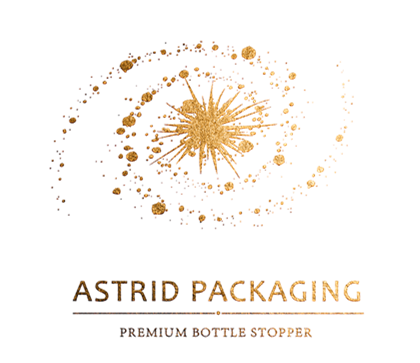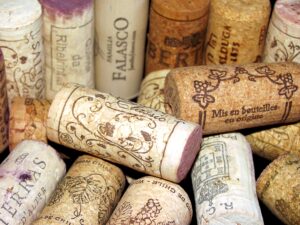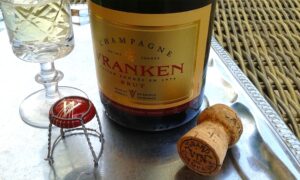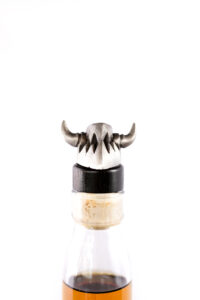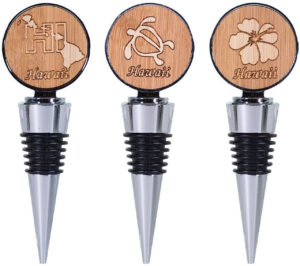Craft distillation is a multi-million dollar industry in the United States, with close to 2,000 operating distilleries across the country. This number speaks to the will and desire of consumers.
One of the key battlegrounds where distillers are competing for consumer attention is the shelves of liquor shops, where a growing selection has begun to squeeze established brands out of their dominant position in the market.
For new liquor companies needing to effectively capture the attention of potential customers, innovative bottle stopper design can help.
In liquor stores, we see shelves overflowing with options and a wide range of spirits&liquor packaging. Liquor packaging designs ranging from new, colorful and fun designs to heritage brand aesthetics that have stood the test of time.
Now, however, brands must continue to raise the bar on design elements and must also incorporate more innovative design strategies into their bottle stopper to really hit the mark.
All elements of the brand identity and bottle stopper design are intended to show each distillery’s value and culture. In this piece, let’s take a quick look at a few examples of liquor companies that have managed to set themselves apart with innovative packaging.
While the key of beverage discussions is usually the liquor itself, effectively presenting that liquor to consumers is a crucial first step. Brands are continuing to innovate to stand out.
These innovations take advantage of social changes such as sustainable cork stoppers, new approaches to customised bottle closures such as ETEREO, or simple, strong designs such as PaQUI Tequila. Regardless, the shelves of liquor shops will continue to be a great source of inspiration for liquor packaging design.
FINDING THE RIGHT BOTTLE STOPPER: LOOK FOR THE TEXTURE, COLOR AND DURABILITY THAT WILL LOOK GOOD AND LAST AS LONG AS THE SPIRITS.
Spirits like tequila often get distinguished by their distinctive bottle closure design. Some studies suggest that the shape of the bottle closure would have a lasting impact on consumer preference. Some bottle closures have a strong curve that makes them easier to hold and pull out from the bottle. Similarly, what we touch does influence what we buy; when it is easier to hold, we are more likely to put it in our hands and drink it.

